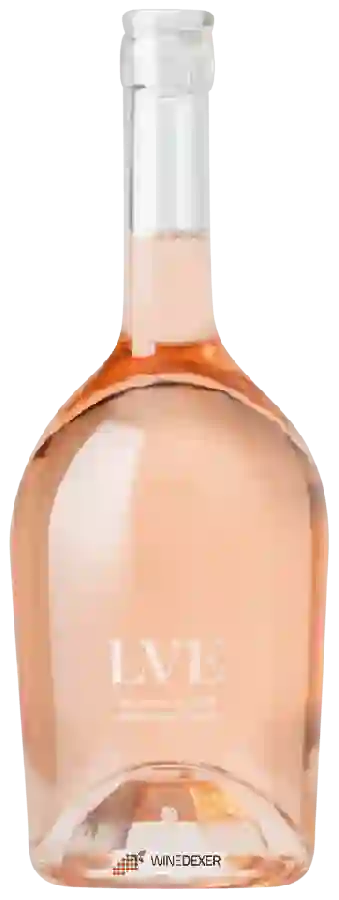
Winery LVEProvence Rosé
In the mouth this pink wine is a with a nice freshness.
This wine generally goes well with pork, vegetarian or poultry.
Taste structure of the Provence Rosé from the Winery LVE
Light | Bold | |
Dry | Sweet | |
Soft | Acidic |
In the mouth the Provence Rosé of Winery LVE in the region of Provence is a with a nice freshness.
Wine flavors and olphactive analysis
On the nose the Provence Rosé of Winery LVE in the region of Provence often reveals types of flavors of tropical, peach or strawberries and sometimes also flavors of raspberry, white peach or stone.
Food and wine pairings with Provence Rosé
Pairings that work perfectly with Provence Rosé
Original food and wine pairings with Provence Rosé
The Provence Rosé of Winery LVE matches generally quite well with dishes of pork, shellfish or vegetarian such as recipes of nanie's diced ham quiche, shrimp and chorizo risotto or magic cake cheese quiche.
Details and technical informations about Winery LVE's Provence Rosé.
Discover the grape variety: Ribier noir
Most certainly originating from the department of Ardeche, more precisely from the region between Aubenas, Privas, Saint Péray, ... . It could also be found in the Galaure valley in the Drôme department as well as in Isère. It is said to be the mother of the raisin, another Ardèche grape variety. Today, Ribier is no longer planted, which means it is almost certain to disappear. It should not be confused with Alphonse Lavallée, which is synonymous with ribier, with marocain or ribier du Maroc, ... .
Last vintages of this wine
The best vintages of Provence Rosé from Winery LVE are 2018
Informations about the Winery LVE
The Winery LVE is one of of the world's greatest estates. It offers 7 wines for sale in the of Provence to come and discover on site or to buy online.
The wine region of Provence
Provence is a wine region in the far southeast of France, best known for the quality (and quantity) of its rosé wines and for its Warm, mild Climate. The modernization that is taking place in many of the traditional wine regions of southern France has not yet taken place to the same extent in Provence, but there are Clear signs of change. The region's Grape varieties, in particular, have come under scrutiny in recent decades. Traditional varieties such as Carignan, Barbaroux (Barbarossa from Sardinia) and Calitor are being replaced by more commercially viable varieties such as Grenache, Syrah and even Cabernet Sauvignon.
The word of the wine: Feedback
Perception of the aromas in the mouth by the retro-nasal way.














